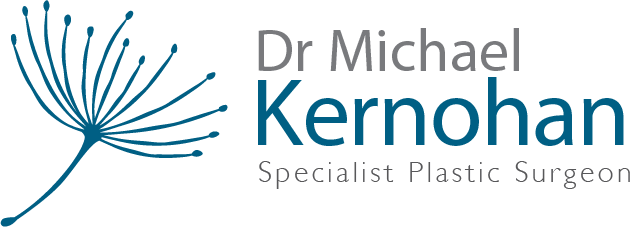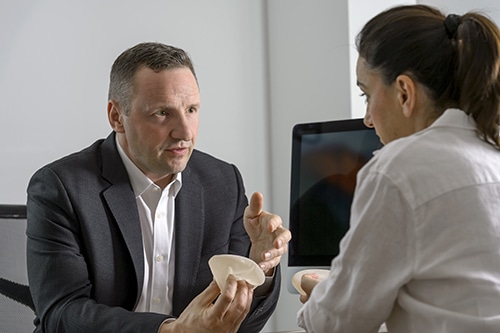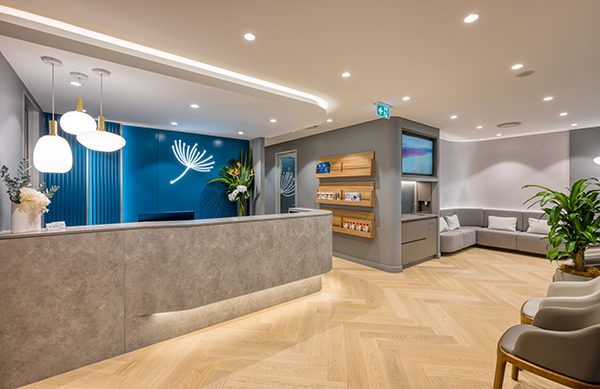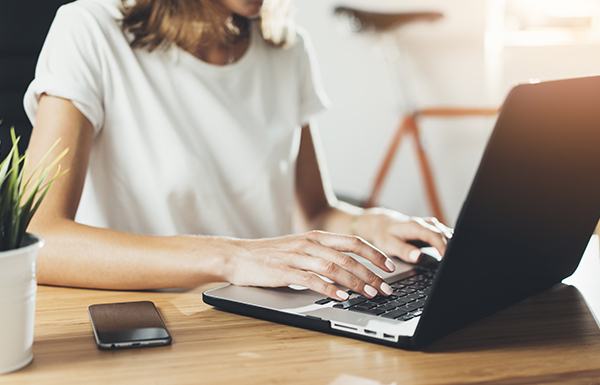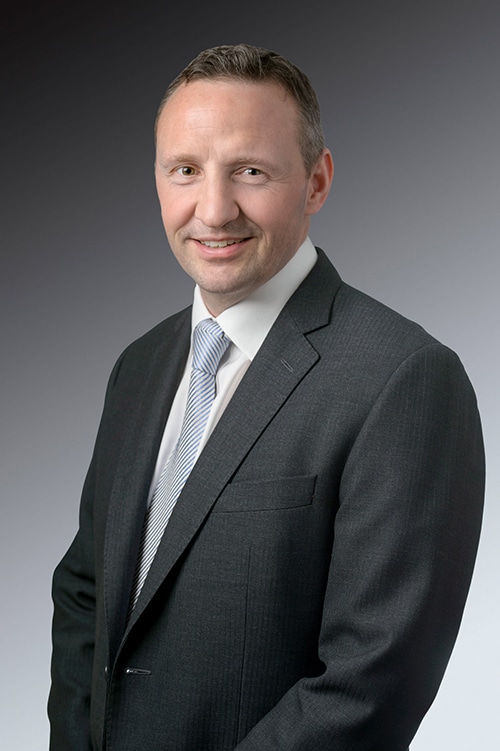Comfortable Sleep after Tummy Tuck – Abdominoplasty Surgery
Undergoing abdominoplasty is a significant step that involves also a journey towards healing and recovery. An often overlooked yet essential aspect of this journey is the quality of sleep you get post-surgery. Sleep, a vital component of any recovery process, can be particularly challenging after such a procedure. In this blog, Sydney Specialist Plastic Surgeon Dr Michael Kernohan discusses different strategies and tips to help navigate the complexities of sleeping comfortably after abdominoplasty. From adjusting your sleeping position to managing discomfort, the aim is to provide you with helpful insights to ensure a smoother, more restful recovery period. Whether you’re in the pre-planning stage or are currently in the midst of your post-operative journey, these tips are designed to assist you in achieving the most comfortable and effective rest possible during this crucial time of healing.
Take the Quiz
Post-Surgery Sleeping Positions – What Works Best
After undergoing abdominoplasty, finding a comfortable sleeping position is key to ensuring quality rest and avoiding additional discomfort. The most recommended position is sleeping on your back with your upper body slightly elevated. This position helps reduce swelling, decreases tension on the surgical site, and promotes better blood circulation, which is essential for healing.
- Sleeping on your back with your upper body elevated at a 30–45-degree angle is often recommended
- This position helps in reducing swelling and discomfort around the surgery site
- Using a recliner or arranging pillows to support your back and knees can be helpful
It’s important to avoid sleeping on your stomach or sides immediately following your surgery. These positions can put undue pressure on your healing abdomen and potentially disrupt the results of your surgery. It might take several weeks before you can safely sleep in your preferred position, so patience and adherence to recommended postures are key.
- Avoid sleeping on your stomach or sides as it can put pressure on the surgical area
- Gradually, as you heal, you can start experimenting with different sleeping positions
- Follow Dr Kernohan’s advice on when it’s safe to resume normal sleeping positions
To make sleeping on your back more comfortable, consider using a variety of pillows. A pillow under your knees can relieve pressure on your back, while additional pillows on either side of you can prevent you from rolling over in your sleep. Some people find using a pregnancy pillow or a body pillow provides the necessary support and comfort.
- Use a pillow under your knees to reduce back strain
- Place pillows on either side to prevent rolling over
- A pregnancy or body pillow can provide all-around support and comfort
Maintaining these sleeping positions for an extended period can be challenging, but it’s a crucial part of your recovery process.
- Consistency in maintaining recommended sleeping positions is essential for a smooth recovery
- Each day of proper rest brings you closer to full recovery
Creating a Restful Sleep Environment
Creating a conducive sleep environment is important for your recovery after abdominoplasty. Your bedroom should be a sanctuary that promotes relaxation and comfort, aiding in your sleep quality. Factors like lighting, noise, temperature, and the comfort of your bed play a significant role in how well you sleep.
- Ensure your bedroom is dark, quiet, and cool for optimal sleep conditions
- Invest in blackout curtains and consider using earplugs or white noise machines if needed
- The ideal bedroom temperature for sleep is around 18-22 degrees Celsius
The mattress and bedding you use can also impact your sleep quality. Choose a mattress that supports your body well, particularly your surgical area. Soft, breathable bedding can help regulate your body temperature and make you more comfortable.
- Select a mattress that provides adequate support without being too firm
- Use soft, breathable bedding to help regulate body temperature
- Consider hypoallergenic materials if you have sensitivities
In the days following your surgery, you may need to make temporary adjustments to your sleeping area. Having essentials within easy reach can reduce the need to get up frequently, which is especially important immediately after surgery.
- Keep essentials like water, medications, and your phone within easy reach
- Set up a temporary sleeping area in a recliner if you can’t lie flat in bed
- Ensure that the path to the bathroom is clear and well-lit for safety
The ambience of your bedroom can also influence your ability to relax and sleep. Consider incorporating elements that promote a calming atmosphere, such as soft lighting, gentle background music, or calming scents.
- Use soft lighting to create a calming atmosphere
- Consider gentle background music or natural soundscapes to aid relaxation
- Aromatherapy with lavender or chamomile can promote relaxation
Keep in mind that your environment plays a significant role in your recovery. A restful bedroom not only promotes better sleep but also provides a sanctuary where your body can focus on healing.
- A restful sleep environment is a key component of your overall recovery strategy
- Make adjustments as needed to ensure your bedroom remains a comfortable, healing space
- Listen to your body and make changes to your environment to meet your evolving needs
Download Dr Kernohan’s Abdominoplasty – Tummy Tuck Surgery Guide
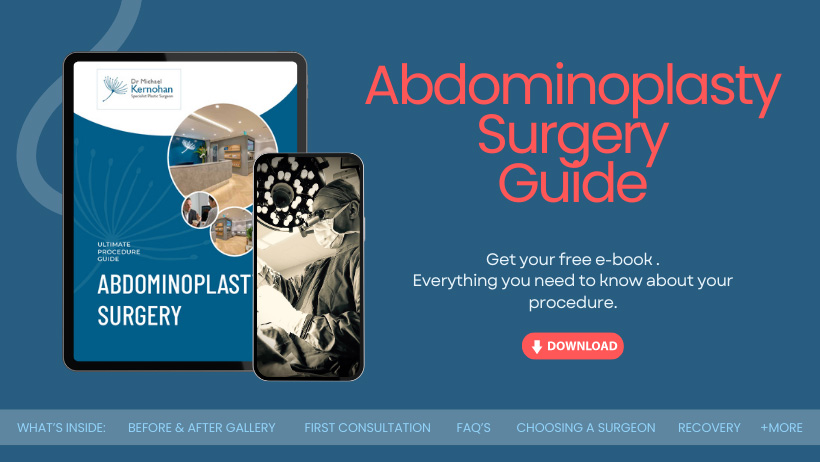
Using Pillows for Support
Pillows are not just for comfort; they play an important role in your postoperative support. Proper positioning with pillows can significantly alleviate discomfort and aid in proper healing. After abdominoplasty, it’s vital to keep the surgical area supported and free from unnecessary strain.
- Different types of pillows, like body pillows, wedge pillows, and standard pillows, can be used strategically
- Positioning pillows under your knees and behind your back can help maintain the optimal sleeping posture
- Experiment with different pillow arrangements to find the most comfortable setup for your body
The way you arrange these pillows can make a substantial difference in your sleep quality. Elevating your legs slightly can reduce swelling, while supporting your back can alleviate discomfort. You might need to adjust your pillow arrangement as you heal and as your comfort requirements change.
- Adjust pillow arrangements as your healing progresses
- Listen to your body’s signals and modify support accordingly
- Consider using softer or firmer pillows depending on your comfort needs
It’s also worth noting that the quality of the pillows you use is important. Invest in pillows that provide the right balance of firmness and softness. Memory foam pillows can offer contoured support, which might be beneficial in maintaining your posture while you sleep.
- Consider the quality and material of pillows for optimal support
- Memory foam pillows can offer contoured, personalised support
- Replace old or worn-out pillows that no longer provide adequate support
Regularly changing your pillow positions and using additional supports can also prevent other complications, such as back pain or pressure sores, which can be a concern when you’re less mobile post-surgery.
- Change pillow positions regularly to avoid pressure sores and back pain
- Use additional supports as needed for areas like the lower back or neck
- Consult with your Dr Kernohan for specific recommendations based on your surgery
Medications and Natural Remedies after Abdominoplasty
Effectively managing pain is important for facilitating good sleep following abdominoplasty. While prescription pain medications are commonly used post-surgery, it’s important to use them responsibly and in conjunction with Dr Kernohan advice.
- Overview of common prescription pain medications and their proper usage
- Importance of following the prescribed dosage and schedule
- Potential side effects of pain medications and how to manage them
Alongside medical pain relief, various natural remedies and techniques can also contribute to pain management. Practices like guided relaxation, gentle massage (away from the surgical site), and applying warmth or cold (as advised by Dr Kernohan) can help.
- Natural pain relief techniques like guided relaxation or meditation
- The role of gentle massage in alleviating discomfort (avoiding the surgical area)
- Using heat or cold therapy as advised by your Dr Kernohan
Your approach to pain management should be multifaceted. While medication can provide immediate relief, incorporating natural methods can enhance your overall comfort and well-being. Always communicate with your Dr Kernohan about your pain levels and any concerns you have.
- Combining medical and natural pain management methods
- Regular communication with your Dr Kernohan about pain levels
- Adjusting pain management strategies based on your recovery progress
The Role of Diet and Hydration in Post-Surgery Sleep
Your dietary habits play a significant role in your recovery and sleep quality after abdominoplasty. Eating balanced, light meals can aid in digestion and provide the necessary nutrients for healing, while also ensuring comfort during sleep. Hydration is equally important, but be mindful of your fluid intake to avoid frequent bathroom trips, especially before bedtime.
- Eating light, nutritious meals to aid digestion and comfort
- Importance of a balanced diet rich in vitamins and proteins for healing
- Timing of meals and snacks to prevent discomfort during sleep
Staying hydrated is important for your overall health and aids in the healing process. However, balancing fluid intake to avoid disruptions in your sleep is necessary. Try to consume most of your fluids earlier in the day and reduce intake a few hours before bedtime.
- Importance of staying hydrated for healing and overall health
- Balancing fluid intake to minimise nighttime bathroom visits
- Drinking water and other healthy fluids throughout the day
Certain foods and beverages should be avoided or limited as they can interfere with your sleep quality. Caffeine, high-sugar foods, and heavy meals can disrupt sleep patterns and cause discomfort, especially when your body is in the process of healing.
- Avoiding or limiting caffeine and high-sugar foods
- Steering clear of heavy, greasy, or spicy meals that can cause discomfort
- Opting for foods that promote sleep, like those rich in tryptophan and magnesium
Exercise and Activity
Balancing rest and gentle movement is a critical aspect of your recovery after abdominoplasty. Although rest is important for healing, incorporating light exercises can enhance circulation, reduce the risk of complications like blood clots, and promote better sleep.
- Importance of gentle movement to improve circulation and prevent complications
- Light exercises such as walking short distances can be beneficial
- Consult with your surgeon for safe post-surgery exercises
Start with short, gentle walks around your home, gradually increasing the distance as you feel able. Avoid strenuous activities or lifting heavy objects, as this can strain your surgical site and impede your recovery.
- Starting with short walks and gradually increasing as comfortable
- Avoiding strenuous activities and heavy lifting
- Listening to your body and not pushing beyond your comfort limits
Incorporating exercises should be done cautiously and always with the approval of your surgeon. It’s important to recognise the difference between gentle activity and overexertion. Your body will signal when it’s time to rest.
- Recognising the signs of overexertion and taking timely rests
- The role of gentle stretching exercises, as advised by Dr Kernohan
- The impact of regular, gentle movement on sleep quality and recovery
FAQs about Sleeping after Abdominoplasty Surgery

How should I sleep after abdominoplasty surgery?
- After abdominoplasty, it is generally recommended to sleep on your back with your upper body slightly elevated. This position helps reduce swelling and pressure on the surgery site. Use pillows under your knees and behind your back for support and comfort. Avoid sleeping on your stomach or sides, as these positions can put undue pressure on the healing abdominal area.
How long will I need to sleep in an elevated position post-abdominoplasty?
- The duration for which you should sleep in an elevated position varies depending on individual healing processes, but it is recommended for several weeks after surgery. Dr Kernohan will provide specific guidance based on your recovery. Over time, as swelling decreases and you heal, you may gradually return to your normal sleeping position.
What can I do to manage pain and sleep better after my surgery?
- Managing pain effectively is key to better sleep post-abdominoplasty. Follow Dr Kernohan’s advice regarding pain medication. Additionally, using pillows for proper support, maintaining a comfortable sleep environment, and possibly incorporating natural pain relief methods like relaxation techniques can help. If pain persists or interferes significantly with your sleep, consult Dr Kernohan.
Is it normal to experience insomnia or sleep disturbances after abdominoplasty?
- Yes, it is quite common to experience insomnia or sleep disturbances after abdominoplasty. Factors such as discomfort, pain, and the inability to sleep in your usual position can contribute to this. Creating a restful sleeping environment, sticking to a consistent sleep schedule, and using relaxation techniques before bed can help. If sleep issues persist, it’s important to discuss them with your surgeon.
Can I sleep on my side after abdominoplasty surgery?
- Sleeping on your side is generally not recommended immediately after abdominoplasty surgery. This position can put pressure on the healing tissues and potentially affect the surgical results. Dr Kernohan will advise when it’s safe to resume sleeping on your side, which is usually after several weeks, depending on your specific recovery progress.
Further Reading about Abdominoplasty Surgery with Sydney Plastic Surgeon Dr Michael Kernohan
- Read Dr Kernohan’s Blog about Recovery after Tummy Tuck or Abdominoplasty
- Read Dr Kernohan’s Blog about Abdominoplasty Scar Treatment, Healing and Fading
- Read Dr Kernohan’s Blog about Wearing Compression Garments after Tummy Tuck- Abdominoplasty
- Read Dr Kernohan’s Blog about What is a Good Weight for Tummy Tuck/ Abdominoplasty?
- Read Dr Kernohan’s Blog about Will Medicare Cover my Abdominoplasty/ Tummy Tuck?
- Read Dr Kernohan’s Blog about Will Medicare Cover My Fleur De Lis Surgery?
- Read Dr Kernohan’s Blog about Preparing for Abdominoplasty Surgery
Medical References about Abdominoplasty
- Tummy Tuck: Plastic Surgery – Cleveland Clinic
- Tummy tuck – Mayo Clinic
- Abdominoplasty – StatPearls – NCBI
- Could The Secret to A Better Plastic Surgery Recovery Be Beauty Sleep? – American Society of Plastic Surgeons
- Improve Postoperative Sleep: What Can We Do? – PubMed
- Sleep Well and Recover Faster with Less Pain – PubMed
